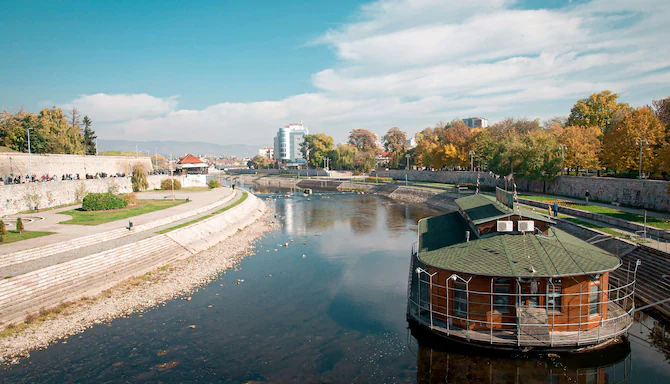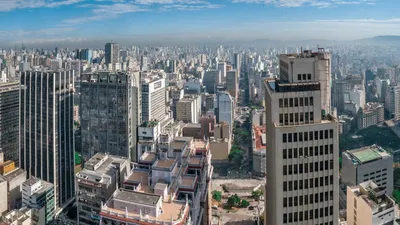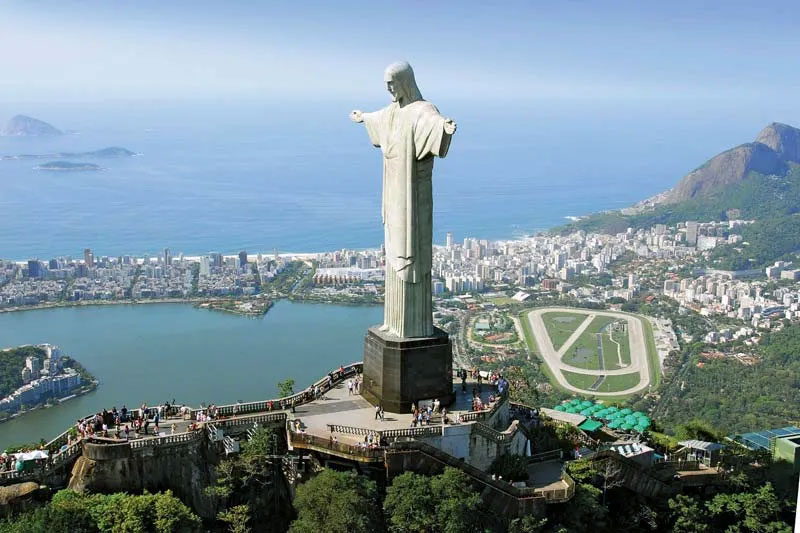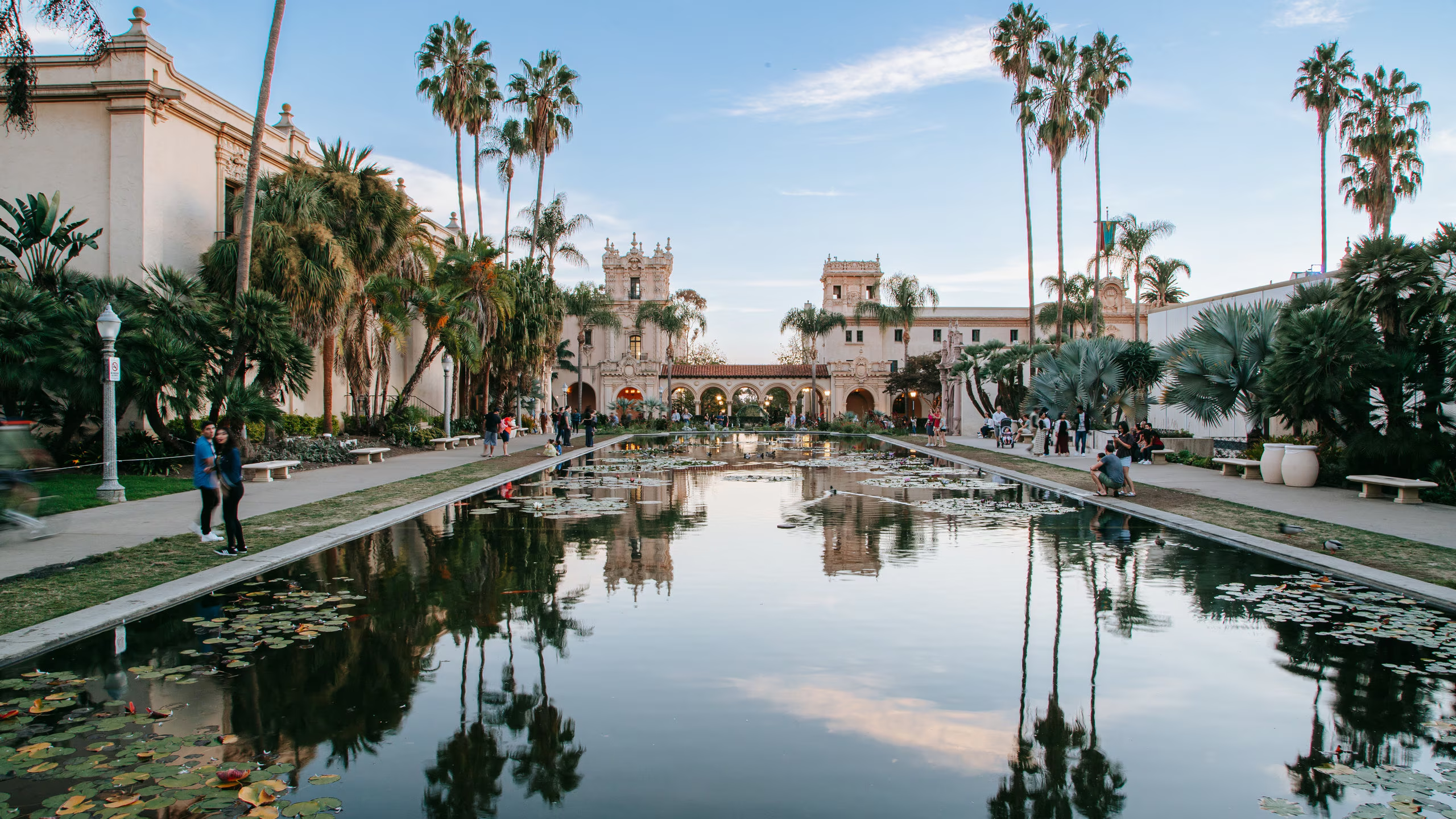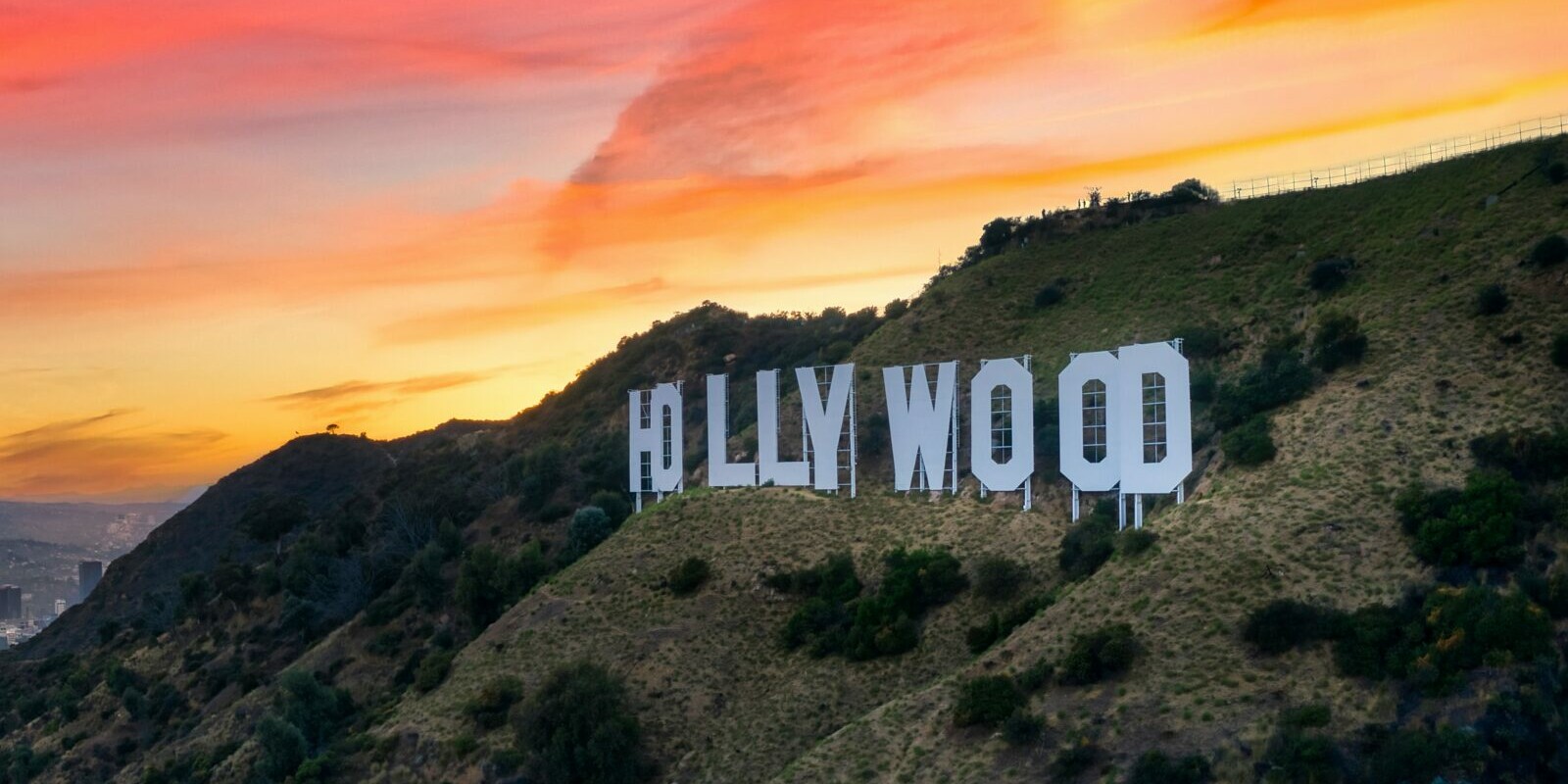ppr-revolution.com – Niš, a city in southeastern Serbia, is a vibrant cultural hub with a rich history dating back to the Roman era. Its strategic location at the crossroads of major trade routes has made it a significant historical center for centuries.
The Roman influence is evident in the city’s archaeological sites, including the Mediana archaeological site, which once served as a Roman villa and later a Roman imperial court. The city’s Roman name, Naissus, is still remembered today.
During the Middle Ages, Niš was a part of the Serbian Empire and later fell under Ottoman rule. The Ottoman period left a significant mark on the city’s architecture and culture. The Niš Fortress, a medieval fortress that has witnessed numerous battles and sieges, is one of the city’s most iconic landmarks.
A Cultural Melting Pot
Niš is a city with a diverse cultural heritage. The city’s National Museum houses a valuable collection of archaeological artifacts, historical documents, and works of art. The museum offers insights into the region’s rich history, from the prehistoric era to the modern day.
The city’s theaters and cultural centers offer a variety of performances, including plays, concerts, and exhibitions. The Nišville Jazz Festival is a major international music event that attracts jazz enthusiasts from all over the world.
A Modern City
Niš has undergone significant development in recent years, transforming into a modern city with a strong focus on industry, education, and tourism. The city’s universities and colleges offer a wide range of academic programs, attracting students from all over Serbia.
The city’s industrial zone is home to a variety of manufacturing companies, contributing to the region’s economic growth. Niš is also a transportation hub, with good connections to other major cities in Serbia and neighboring countries.
A Natural Paradise
Niš is surrounded by stunning natural beauty. The nearby mountains, including Suva Planina and Stara Planina, offer opportunities for hiking, skiing, and other outdoor activities. The Nišava River, which flows through the city, provides opportunities for fishing, kayaking, and rafting.
The city’s parks and gardens offer peaceful retreats for relaxation and recreation. The Čair Park, located in the heart of the city, is a popular destination for picnics, walks, and sports.
Niš is a city that offers a unique blend of history, culture, and natural beauty. Its rich heritage, vibrant culture, and friendly people make it a fascinating destination for travelers of all ages.
